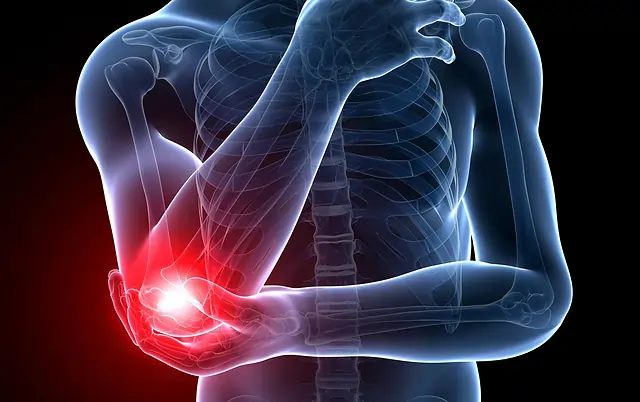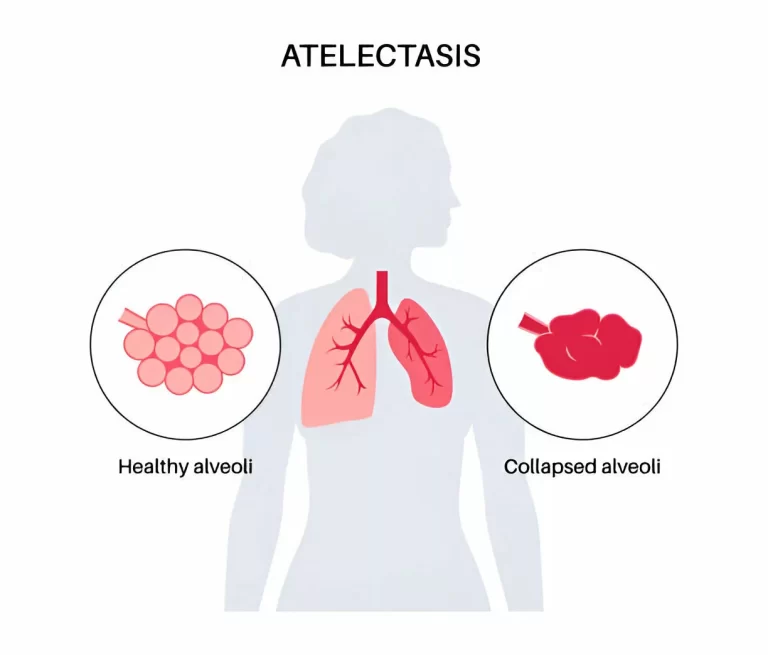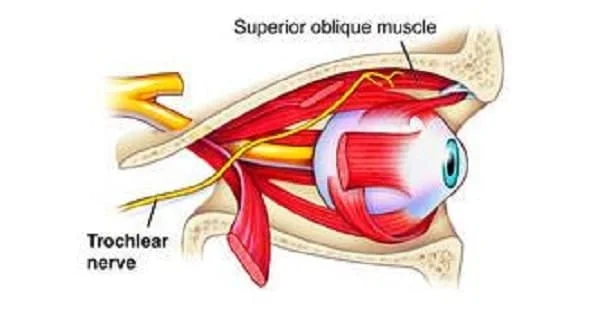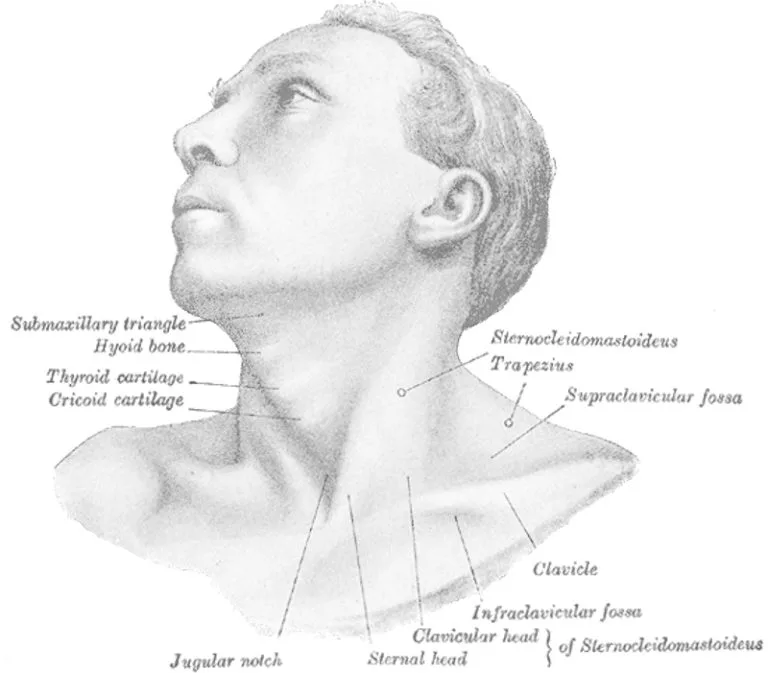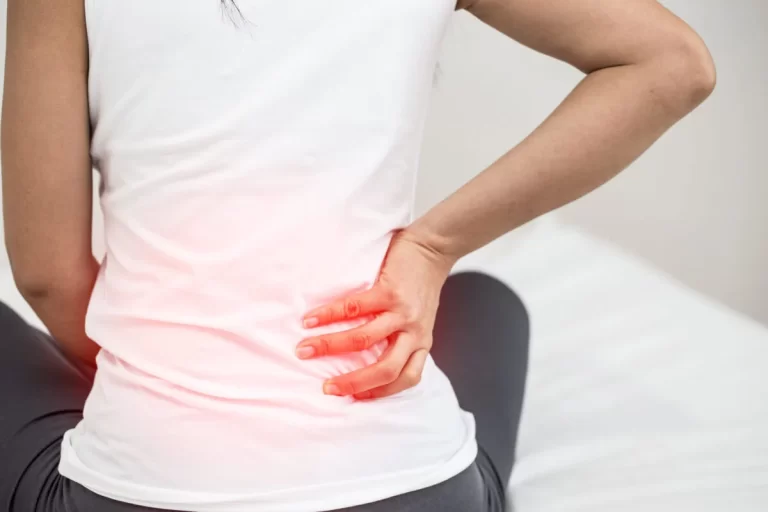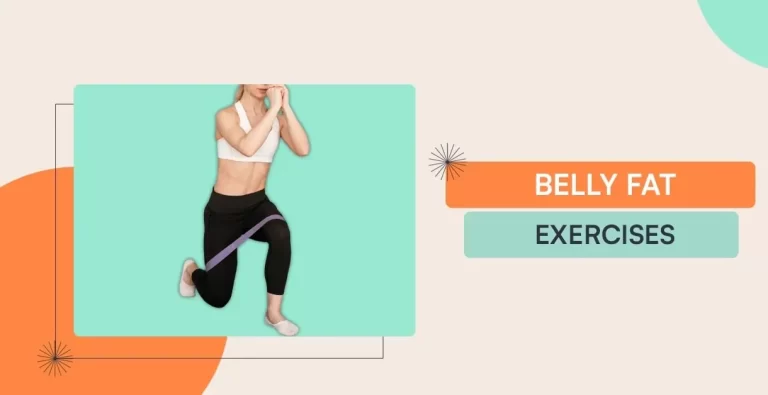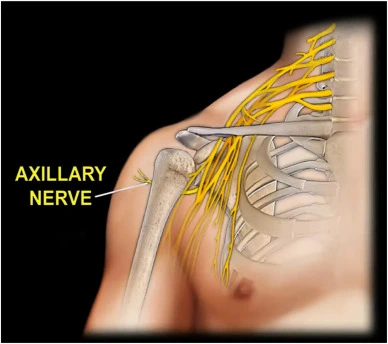Elbow Joint Stiffness
What Is Stiff Elbow?
Elbow joint stiffness is a common condition characterized by a restricted range of motion in the elbow, often resulting from injury, surgery, or prolonged immobilization. This stiffness can significantly impact daily activities, as the elbow plays a crucial role in both gross and fine motor functions.
Stiffness after a disease or injury might become more difficult in the elbow joint. This is because the elbow is formed up of three joints that fit exceptionally well together and are close to multiple soft tissue structures.
Causes of stiff elbow
Elbow stiffness after an injury: Elbow stiffness is the most frequent reason for accidents in our community.
Soft tissues like tendons or ligaments that are stretched or inflamed are the main cause of elbow pain.
A medical problem can rarely bring on elbow pain. Although pain usually goes quickly, this might result from loose cartilage or bone fragments in the joint. During surgery, loose components could be removed.
Injuries or arthritis are two diseases that might cause elbow stiffness. A painful, swollen joint is referred to as arthritis, and several varieties of the condition exist.
In some situations, soft tissue can form into scar tissue after an injury or operation. This can cause elbow stiffness.
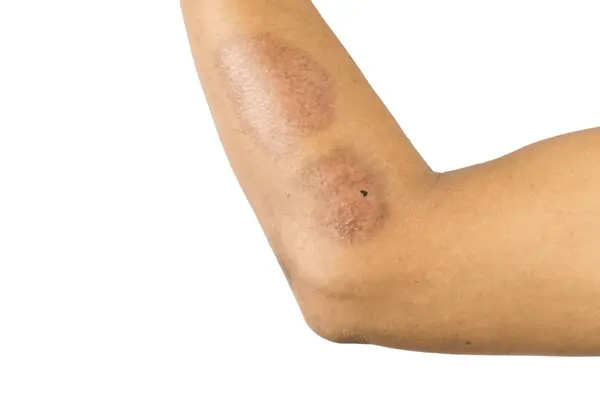
Congenital issues: Elbow stiffness may also be a symptom of several congenital issues.
Stiff elbow risk factors
Long-Term immobilization: Individuals who have been immobilized for an extended period because of an accident or disease are most likely to experience elbow stiffness.
Joint damage: Elbow stiffness is also predisposed by conditions such as infections that harm the articular cartilage.
Symptoms of stiff elbow
When bending the elbow, your range of motion will be restricted, affecting when your forearm rotates. The presence or absence of pain as a correlated symptom depends on the underlying issue.
Diagnosis
Diagnosis of stiff elbow Seeking standard medical care first without having X-rays evaluated to rule out fractures can frequently result in long-term elbow joint damage, pain, and stiffness.
Seeking medical consultation is advised to rule out any major elbow disease if you have elbow pain suddenly without any history of trauma. The elbow pain may worsen if it is not managed. The physiotherapist assesses the range of motion on the first day to know how much the range is affected and plan the treatment accordingly.
| Elbow flexion | 0-135 to 140 degree |
| Elbow extension | 140 to 135-0 degree |
Treatment
The best course of treatment will depend on the extent of damage to the soft tissue components around the elbow joint and the underlying reason for the elbow stiffness. Splints, exercises, and appropriate surgery are typically the initial options for treating elbow stiffness.
In certain cases, surgical relaxation of the stiff elbow may be the next step when conservative approaches prove ineffective or inappropriate.
Managing symptoms
Drugs to reduce pain:
Pain can be reduced with the use of painkillers like paracetamol. They should be taken as needed, but taking them before the pain is too terrible is advisable.
A class of non-steroidal anti-inflammatory medicines (NSAIDs) is useful in reducing pain, swelling, and stiffness. One common NSAID that you may get at pharmacies and grocery shops is ibuprofen.
You should stop using the medication and consult your doctor if you experience gastrointestinal issues after taking NSAIDs or pain relievers. Additionally, you can use stomach-safe anti-inflammatory gels or lotions on your elbow.
Physical therapy Treatment
There is research that manual therapy can lessen pain and increase grip strength immediately following treatment. It has been demonstrated that Mulligan mobilizations, which target pain-free movement during a mobilization method, are advantageous.
Mobilization for elbow flexion:
When the patient is in a supine posture, use a medial humero-ulnar glide to promote and enable elbow flexion. Usually, we lay a towel roll or bolster beneath the distal humerus and let the forearm drape across the anterior belly. Positioning themselves on the ipsilateral side, the physician will stabilize the distal humerus and put the opposite hand’s thenar eminence on the proximal ulna and olecranon.
Mobilization for elbow extension:
For a lateral glide that assists in extension, the patient is lying supine. The doctor pushes upward using a lumbrical grip—that is, positioning the thenar eminence posteriorly over the olecranon and proximal ulna.
Information about the condition:
The condition’s pathophysiology, symptom mitigation, healing phases, and overall self-management are crucial components of any condition education program.
Physical Rehabilitation
Although ideal loads have not yet been established, various loading techniques may help certain patient subgroups. Although isometric exercises may have analgesic effects, tendon-loading exercises shouldn’t worsen the pain.
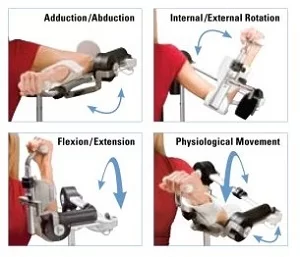
Heat or ice packs:
Every few hours, you should try applying an ice or heat pack on your elbow for ten to fifteen minutes to reduce pain and stiffness.
Heat makes it easier for blood to reach a particular area of the body, which reduces stiffness, and pain, and speeds up the healing of injured tissue. If your elbow is swollen or recently injured, avoid applying heat, which may exacerbate the condition.
Every few hours, you should try applying an ice or heat pack on your elbow for ten to fifteen minutes to reduce pain and stiffness. Be cautious not to apply heat or an ice pack to your skin, as this may burn or aggravate it. Wrap them in a towel first.
Ice helps lessen edema by limiting blood flow to specific body areas. People have reported that switching between heat and ice throughout the day can assist.
Exercises
Elbow Flexion
Your elbow may bend, a condition known as elbow flexion. Techniques to Increase Elbow’s Range of Motion:
- Stand with one arm by your sides.
- To relieve stress, bend your elbow for five to ten seconds before straightening it.
Ten times through, repeat the workout.
Elbow Extension
Work on elbow extension range-of-motion exercises if you want to get better at completely straightening your elbow. To execute this:
- For greater intensity of the stretch, fully extend your elbow and then press down your wrist or forearm.
- Put pressure on your elbow to extend it as far as possible, then maintain the position for five to ten seconds.
You should perform the workout ten times.
Forearm Supination
The wrist motion known as supination causes your palm to face upward.
To carry out the task:
Using your other hand, reach beneath the supinated arm’s forearm to exert further pressure on the stretch. Grasp your wrist and twist your hand farther into the supination to apply some pressure.
Forearm and Elbow Pronation
The ability to flip your hand over such that your palm faces the floor is known as forearm pronation.
The forearm pronation ROM stretch is done as follows:
- The second hand should then be extended across your forearm. Start with your hands and wrists fully extended.
- Release your stance and relax the stretch after five to ten seconds of movement.
- Ten times, repeat the pronation ROM stretch.
Summary
Elbow stiffness can be caused by a variety of disorders, such as sprains, strains, and various types of arthritis. A fracture or other more severe injuries might be the cause. Depending on the etiology, the area may also exhibit several additional connected symptoms. ROM exercises like mobilization, stretching exercises, and manual therapy help the patient to improve elbow stiffness.
FAQs
What causes stiff elbows?
A medical condition like bursitis or arthritis and joint injuries are commonly responsible for joint stiffness. Bending and straightening the elbow, as well as rotating the arm, are all restricted by tight elbows.
Is elbow stiffness permanent?
Elbow stiffness is not fatal; it can be effectively treated with a tried-and-true surgical procedure.
How long does stiffness last?
muscle stiffness will happen in the morning and persist for a few days following new or more difficult activity, or less than thirty minutes after waking up. The location and underlying reasons for muscular stiffness usually determine other associated indications and symptoms.
Does joint stiffness go away?
Joint stiffness is a typical condition as individuals age. Moving around and getting up generally relieves this stiffness. On the other hand, some persons may have joint stiffness due to an underlying medical issue.
What medicine is good for stiff elbows?
Take NSAIDs and stay away from activities that hurt the elbows.
References
- Clinic, C. (2024, April 30). Elbow Stiffness: A Systematic Approach to Prevention and Treatment. Cleveland Clinic. https://consultqd.clevelandclinic.org/elbow-stiffness-a-systematic-approach-to-prevention-and-treatment
- Elbow pain. (n.d.). Versus Arthritis. https://versusarthritis.org/about-arthritis/conditions/elbow-pain/
- Helmer, J. (2024, May 27). Elbow Arthritis. WebMD. https://www.webmd.com/arthritis/elbow-arthritis-symptoms
- He, X., Fen, Q., Yang, J., Lei, Y., Heng, L., & Zhang, K. (2021). Risk Factors of Elbow Stiffness After Open Reduction and Internal Fixation of the Terrible Triad of the Elbow Joint. Orthopaedic Surgery, 13(2), 530–536. https://doi.org/10.1111/os.12879
- Ocs, T. P. D. (2022, October 28). Elbow Pain. Verywell Health. https://www.verywellhealth.com/elbow-pain-5225371

